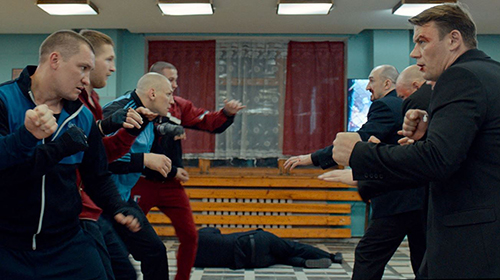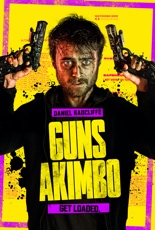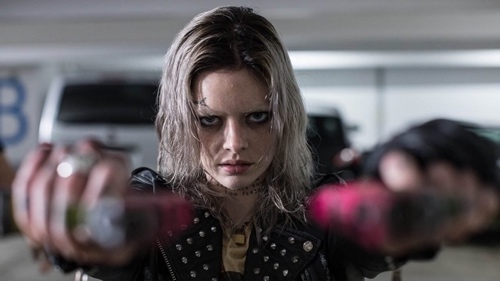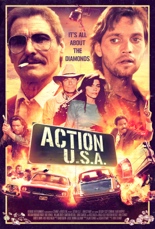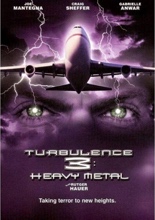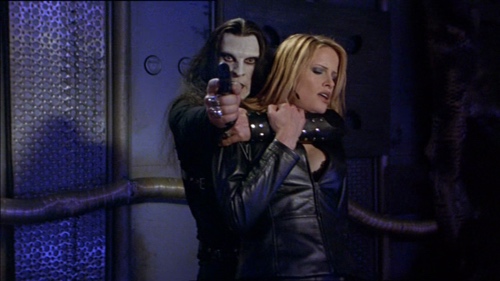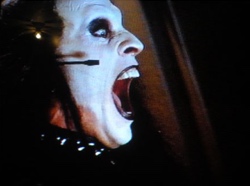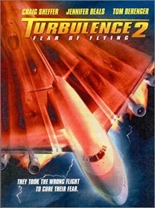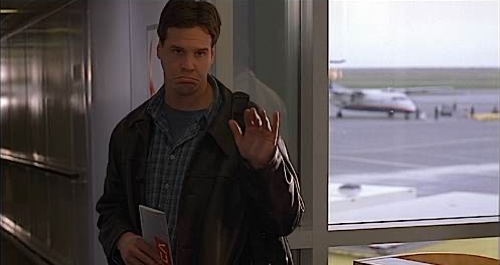
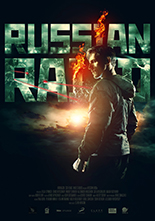 Among the events crammed into the needlessly distended Guy Ritchie’s The Gentlemen is a fun moment in which Charlie Hunnam’s drug-trade enforcer runs afoul of — and trades blows with — a group of street thugs. Russian Raid feels like an extension of that scene into nearly two hours of its own, turning a standout bit into mere status quo. Do you want to settle for that? Nyet.
Among the events crammed into the needlessly distended Guy Ritchie’s The Gentlemen is a fun moment in which Charlie Hunnam’s drug-trade enforcer runs afoul of — and trades blows with — a group of street thugs. Russian Raid feels like an extension of that scene into nearly two hours of its own, turning a standout bit into mere status quo. Do you want to settle for that? Nyet.
This Russian actioner’s story is somewhat less thin than its setting’s doors, which look to be made of packing material: Former military sniper Nikita (Ivan Kotik, Chinese Zodiac) takes a freelancing assignment to rob a missile factory of its riches. Reluctantly assisting him on this nighttime heist is a rowdy, ragtag pack of tracksuited hooligans with authority issues. While they target a massive safe — and even attempt its penetration via medieval battle ax — Nikita has personal reasons for retribution as well.
Justifying the assumed titular nod to Gareth Evans’ The Raid, but hardly as vertical, reaching the well-fortified bounty requires moving from room to room and level to level through the factory. Wearing a blue-striped tank top that registers as ridiculous to this side of the world, Nikita and his hired charges go to hand-to-hand combat in one skirmish after another.
While I have no doubt of the guys’ real-life fighting abilities, the choreography isn’t as supportive; in fact, it’s pretty clunky. In his first feature, writer/director/producer Denis Kryuchkov not only errs by hitting “play” on a distractingly obnoxious soundtrack when shit hits the fan, but speeds up the footage to a telling degree. Worse, he gives the camera a slight bump to punctuate the points he wants viewers to react to with a sympathetic “Oof!”
It’s so obvious, it’s Pavlovian. The overall effect is punishing, as the sequences near-instantly wear out their welcome, with a respite of flat humor or preening villainy before returning to more of the same song, different room. In a fight film, the fights are everything. And sometimes, as in Russian Raid, nothing. —Rod Lott

